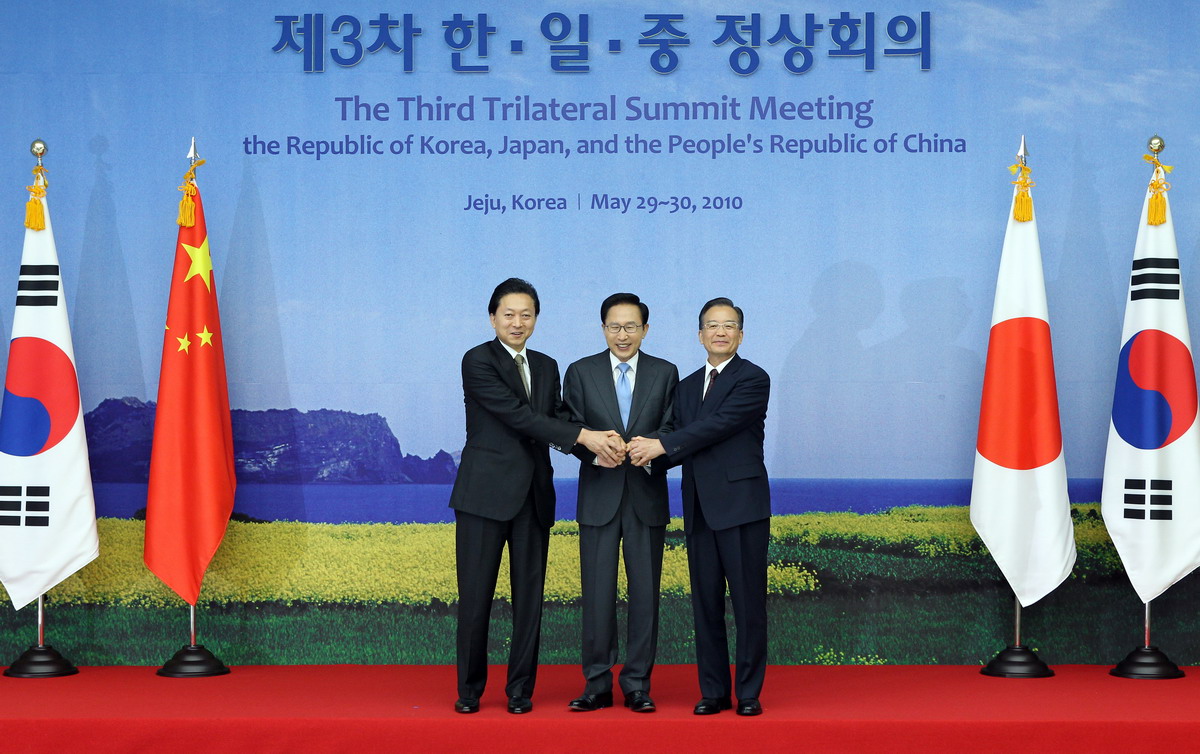65 years ago, the newly established People’s Republic of China deployed troops to fight South Korean and UN forces during the Korean War. This bloody conflict marked the peak of hostilities between the two states. War, divergent ideologies and the bipolarity of the Cold War era kept these nations apart. Today, despite the impediments of the past, trade has brought them closer together. On December 20, 2015, a free trade agreement between South Korea and China will come into effect. It was signed on June 1 by Chinese Commerce Minister Gao Hucheng and South Korean Trade Minister Yoon Sang-jick. The legislative instruments of both nations have ratified the agreement thus clearing the final hurdle. The FTA will mark the conclusion of a six-month bilateral effort to gradually eradicate tariffs and other trade barriers.
From a historical perspective this agreement is a landmark event; warming relations between China and South Korea. Formal relations between these countries began on August 24, 1992. Earlier, their relations were essentially nonexistent. China, as a traditional ally of North Korea and part of the communist sphere, was unable to seek rapprochement with South Korea in the rigid and bipolar Cold War system of international relations. Since 1992, there has been a mutual desire to seek a closer and more constructive relationship. In 2007, the Chinese government began to seek a free trade agreement with South Korea. In 2011, the South Korean foreign ministry announced that it expanded its China research and linguistic wing in an effort to strengthen relations. In 2013, a historic and widely anticipated summit between Chinese president Xi Jinping and South Korean president Park Geun-hye took place. Critical topics such as trade, regional security and the denuclearization of the Korean peninsula were discussed between the two statesmen.
China is South Korea’s largest trade partner while South Korea is China’s fourth largest. Bilateral trade has grown by 35 times since 1992—from $6.37 billion to $220.63 billion. South Korean exports total approximately $145.3 billion worth of goods to China annually. This figure constitutes 25.4% of total South Korean imports. In regards to balance of trade, there is a $55 billion annual trade surplus in favor of South Korea. However, the South Korean surplus is expected to shrink due to the current cooling off of the Chinese economy. In fact, South Korean exports to China have been regressing for five consecutive months with no sign of reversal. South Korea’s total exports have shrunk by 14.7% when compared to 2014. This puts the monthly figure below $14 billion. Morgan Stanley reduced South Korea’s growth forecast from 2.5% to 2.3%. China, due to the fact that it is the consumer market for a quarter of South Korean goods, is a chief cause of the decline.
This historic free-trade agreement will benefit both parties. For South Korea, the free trade agreement will increase its real GDP by 0.96%, create approximately 53,800 new jobs and lead to a consumer benefits enhancement of about $14.6 billion. It may also help partially correct the decline of exports to China because of the increase of price competitiveness that will result from lower tariffs. For China, some observers speculate that the free trade agreement will increase its real GDP by about 0.3%. It will also provide Chinese firms and consumers with greater access to South Korean finished goods. Among South Korea’s top exports are electronic devices, vehicles, machinery and medical equipment. These are all items that can be of great utility to a still rapidly-developing China.
Though serious progress has been made, the push towards free trade between China and South Korea is not yet over. In 2017, delegations from both nations will begin the negotiating process over the removal of barriers in the service sector. The South Korea-China Free Trade Agreement [FTA], in its final form, will be unique from the FTAs both nations have with other states. Considering the immense trade that already exists between both nations, this FTA will bear fruit with “unique dividends” for both economies. In this FTA, both nations promise to eliminate tariffs covering 90% of their goods over the span of twenty years. When one considers the trend of events, it becomes clear that the free trade agreement is part of a bigger shift towards enhanced Sino-South Korean relations. It is the hope of many within the region and within the international community that the forward-looking and long-term nature of the agreement will serve as a springboard that will continue to foster closer and more constructive ties between these two historic adversaries.




